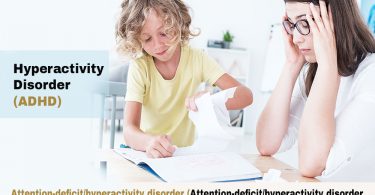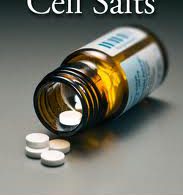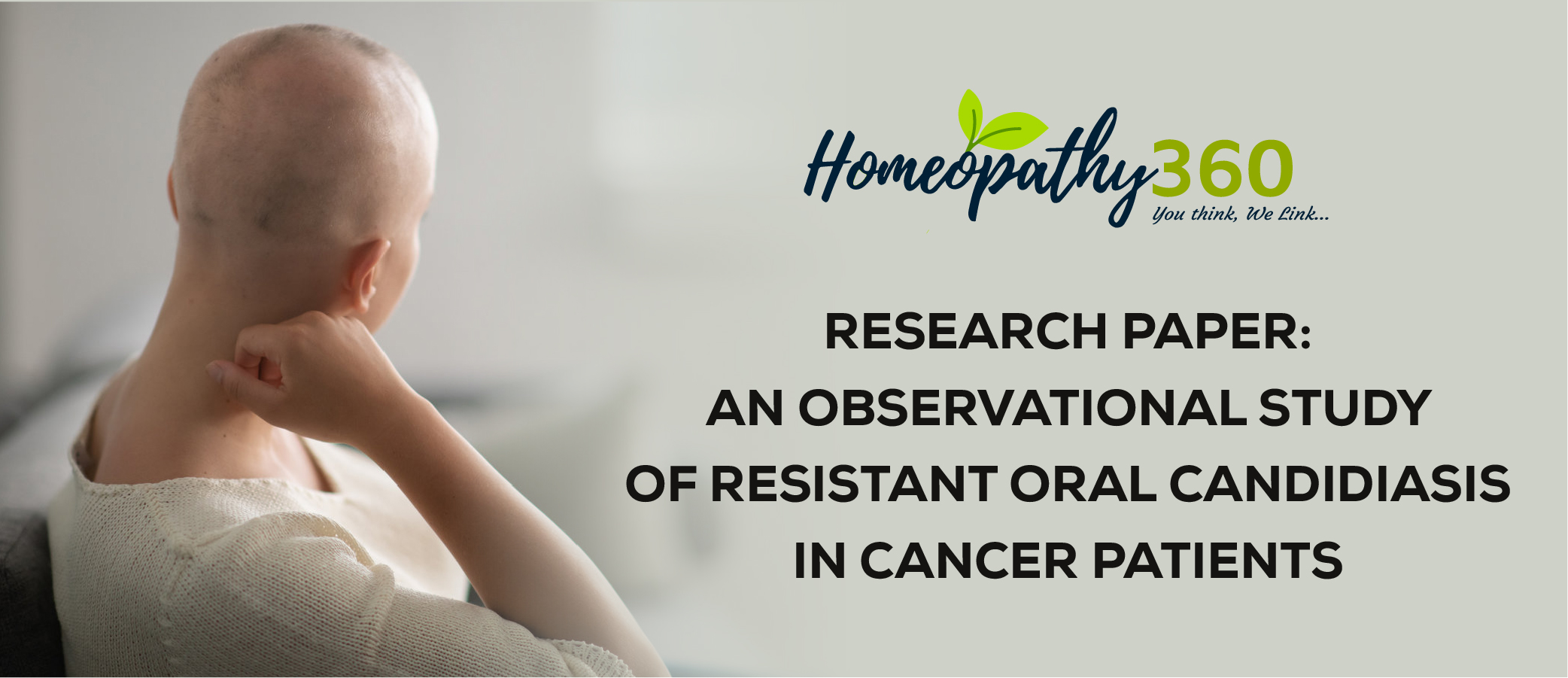
An observational study of resistant oral candidiasis in cancer patients treated with homoeopathy at a community hospital
(This paper won the first prize in the Oral Presentation section at the 4th International Conference on Integrative Oncology, held in Kochi, Kerala in February 2020)
ABSTRACT: Oral candidiasis is a major problem in the world especially among cancer patients on cytotoxic therapy (including chemotherapy and radiotherapy) which compromise the cell mediated immunity predisposing the person to opportunistic infections.
As cases of antifungal drug resistance to conventional antifungal treatment increase, the associated morbidity and mortality is also on the rise. This calls for exploring the potential of alternative therapies, including homoeopathy, for treatment of resistant oral candidiasis
From a community hospital in the coastal region of rural Maharashtra, 27 cancer patients on cytotoxic therapy, diagnosed with resistant oral candidiasis were administered the indicated homoeopathic remedy, after case taking. An observational study based on patients’ data, collected and recorded at monthly follow ups up to 6 months, was conducted.
Based on the criteria as curdy white deposits on tongue, localised pain, halitosis and general well-being, the study demonstrated the role of homoeopathic remedies in reducing the symptoms of resistant oral candidiasis.
ABBREVIATIONS: PQRS –peculiar, queer, rare, specific
INTRODUCTION:
In immunocompromised individuals, or pharyngeal candidiasis is very common. Cell mediated immunity is compromised by conditions like malignancies, chemotherapy, and radiotherapy thus predisposing the person to fungal infections.
Candida species are normally present as commensals in the oral cavity. But, in immunocompromised individuals, they transition to become opportunistic infective agents. This transition is associated with certain virulence determinants. Around 7 to 52% of cancer patients (head and neck malignancy, hematopoietic malignancy, and solid tumors) on chemotherapy and or radiotherapy suffer from oral candidiasis1.
In a community hospital of coastal rural Maharashtra, it was observed that many cancer patients on cytotoxic therapy reported with resistant oral candidiasis.
The following factors were observed to be responsible for this:.
- Tobacco chewing
- Poor socio-economic conditions (maintaining cause ) :
A. Low levels of literacy
B. Poor nutrition & hygiene - Incomplete regimen of conventional treatment due to:-
A. High cost
B. Fear of side-effects.
Low levels of literacy
- Poor nutrition & hygiene
- Incomplete
regimen of conventional treatment due to:-
- High cost
- Fear of side-effects.
OBJECTIVES
- To assess the role of homoeopathic remedies in reducing the symptoms of resistant oral candidiasis in cancer patients on cytotoxic therapy.
- To narrow down to a group of homoeopathic remedies, which may be useful for effective treatment of resistant oral candidiasis?
METHODS
An observational study based on 27 cancer patients on cytotoxic therapy, diagnosed with resistant oral candidiasis, was carried out at the community hospital in rural Maharashtra. Indicated homoeopathic remedy was administered after case taking.
Inclusion criteria: cancer patients on cytotoxic therapy, diagnosed with resistant oral candidiasis were included. Patients were examined and assessed by oro-pharyngeal surgeon.
Exclusion criteria: cancer patients on cytotoxic therapy, currently on conventional anti-fungal treatment were excluded.
For this study, the keynote method (devised by Guernsey) was used to prescribe homoeopathic remedies to the patients’. This method of prescription was used due to the following reasons:
- Presence of maintaining cause: poor hygiene and low nutritional status.
- Paucity of PQRS symptoms: the pathological symptoms masked the remedy picture.
Using the keynote method, the remedy was arrived at as follows:

Patient’s monthly progress and clinical outcomes up to 6 months of starting homoeopathic treatment were noted.
RESULTS
The following clinical parameters showed improvement at the end of 6 months.
1. General well being
2. Localized pain
3. Halitosis
4. Curdy white deposits on tongue
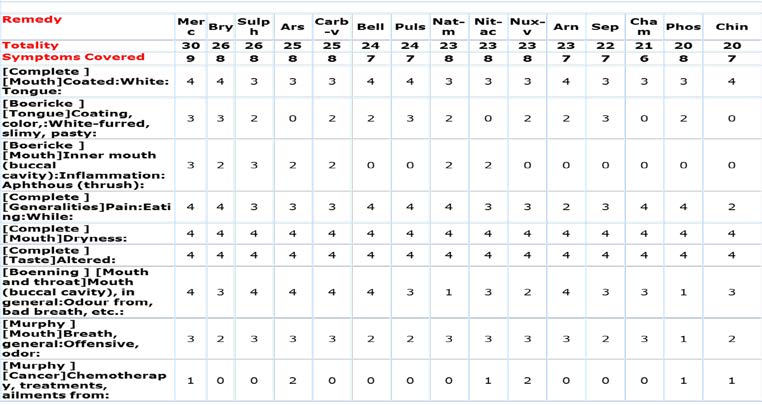
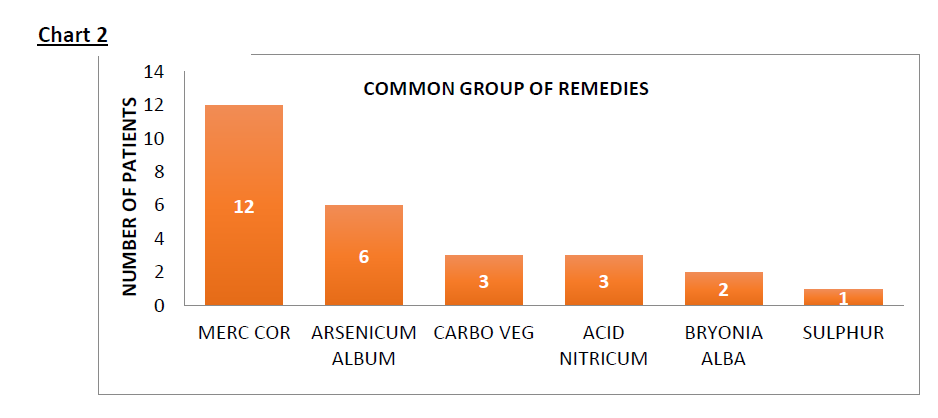
Chart 3:

DISCUSSION
Chart 1 and chart 2 –Based on the common repertorial totality,12 patients required Mercurius corrosivus while 6 patients required Arsenicum album. Three patients required Carbo vegetabilis and Acidum nitricum each. Bryonia Alba was prescribed to 2 patients and Sulphur was prescribed to 1 patient.
Chart 3-All patients reported feeling overall better. While 21 patients on homoeopathic treatment reported reduction in local pain, 18 patients showed reduced halitosis.14 patients showed reduction in the curdy white deposits of candidiasis.
CONCLUSION
The above study demonstrates the potential role of homoeopathy in cases of resistant oral candidiasis in cancer patients on cytotoxic therapy.
REFERENCES
- Jayachandran AL, Katragadda R, Thyagarajan R, et al. Oral Candidiasis among Cancer Patients Attending a Tertiary Care Hospital in Chennai, South India: An Evaluation of Clinicomycological Association and Antifungal Susceptibility Pattern. Can J Infect Dis Med Microbiol. 2016; 2016:8758461. doi:10.1155/2016/8758461 https://www.ncbi.nlm.nih.gov/pmc/articles/PMC4923570/#B1
- Hompath Zomeo Software.
- Boericke W, New manual of Homoeopathic Materia and repertory, reprint edition,New Delhi ,B.Jain Publishers (P) Ltd., 2005,page number 425-426
- Clarke JH, A dictionary of Practical Materia Medica (Volume 2), Reprint edition,New Delhi, Indian Books and Periodicals Publishers , 2012, page number 463
- Boericke W, New manual of Homoeopathic Materia and repertory, reprint edition,New Delhi ,B.Jain Publishers (P) Ltd., 2005,page number , 80.
- Clarke JH, A dictionary of Practical Materia Medica (Volume 1), Reprint edition,New Delhi, Indian Books and Periodicals Publishers , , 2012, page number 182
- Boericke W, New manual of Homoeopathic Materia and repertory, reprint edition,New Delhi ,B.Jain Publishers (P) Ltd., 2005,page number 167.
- Clarke JH, A dictionary of Practical Materia Medica (Volume 1), Reprint edition,New Delhi, Indian Books and Periodicals Publishers , , 2012, page number 401
- Boericke W, New manual of Homoeopathic Materia and repertory, reprint edition,New Delhi ,B.Jain Publishers (P) Ltd., 2005,page number 459
- Clarke JH, A dictionary of Practical Materia Medica (Volume 2), Reprint edition,New Delhi, Indian Books and Periodicals Publishers , , 2012, page number 594
- Boericke W, New manual of Homoeopathic Materia and repertory, reprint edition,New Delhi ,B.Jain Publishers (P) Ltd., 2005,page number 131
- Clarke JH, A dictionary of Practical Materia Medica (Volume 1), Reprint edition,New Delhi, Indian Books and Periodicals Publishers , , 2012, page number 315-316
- Boericke W, New manual of Homoeopathic Materia and repertory, reprint edition,New Delhi ,B.Jain Publishers (P) Ltd., 2005,page number 599.
- Clarke JH, A dictionary of Practical Materia Medica (Volume 3), Reprint edition, New Delhi, Indian Books and Periodicals Publishers ,2012, page number 1312.
AUTHOR: Dr Sujata Naik, M.D (Hom.) a senior homoeopath, practising extensively in Mumbai for last 32 years across 3 centers with thousands of patients from India and abroad. She is the first International affiliate member of Faculty of Homoeopathy, UK
She is also running a charitable OPD in Konkan region of Rural Maharashtra at BKL Walawalkar Hospital, for the past 7 years with great success. With a team of passionate Homoeopaths, Dr. Naik has been involved in several research projects, including the one on Homoeopathic management of chemotherapy induced peripheral neuropathy.
Dr Sujata received the best oral presentation award for her research study on “Homoeopathic treatment of resistant oral candidiasis in patients with cancer” at 4th International Conference on Integrative Oncology held at Kochi, Kerala in February 2020.
Dr Naik was awarded the 1st place for her research poster presentation on PCOS and its homoeopathic management at the 1st International Conference on Alternative Medicine held by AYUSH (The Department of Ayurveda, Yoga and Naturopathy, Unani, Siddha and Homoeopathy) in November 2017 at Dubai.
Dr Sujata Naik is a prolific writer, columnist, and orator. Dr Naik has been regularly invited as a speaker at various national and international health forums.
Her books “WELLNESS SHOTS” and “WELLNESS CAPSULES, a compilation of health and wellness tips posted on social media, are hugely successful.
CO-AUTHOR: Dr Runali Kelwalkar-Kore, M.D (Hom.), Research assistant at Dr Sujata Naik’s Homoeopathy Clinic.


